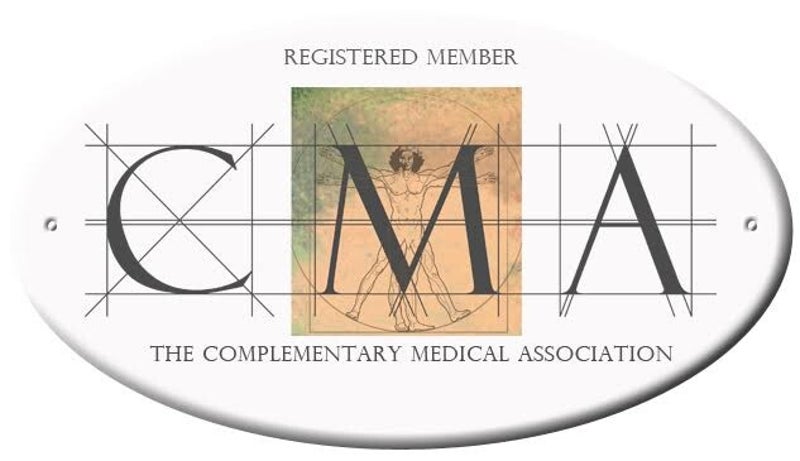
THREE Meditation Programme -
Qi Flow, Exhale Flow & Slow Flow
Meditation
Its not just about the AUM (OM)!
(Although many say AUM is the sound of the universe or The Three Doors: Body, Speech, Mind)
Meditation has been used for thousands of years. It can be found in many countries, cultures, and also in many religions.
It also has many forms: such as walking, standing, sitting, dancing, sound, etc. With such a great variety of styles, each brings different strengths and benefits that help us to develop our awareness of the present momoment.
Meditation is something everyone can do to improve their mental and emotional health. In turn it then has a positive effect on our physical well-being.
Trying out a style of mediation suited to your goals is a great way to improve your quality of life, even if you only have a few minutes a daday.
Rembering the most important part of meditation is YOU.
***
The different types meditation:
Mindful Meditation
Mindfulness is the most popular kind of meditation here in the West. This practice combines concentration and awareness, and the aim is to bring attention to thought. Mindfulness is none judgement and a practice of observation and release
Focused-attention Meditation
This practice concentrates attention on a single object, thought, sound, or visualisation. It emphasizes ridding your mind of distractions. Meditation may focus on breathing, a mantra, movement or calming sound.
Open-monitoring Meditation
This practice encourages broadened awareness of all aspects of your environment, train of thought, and sense of self. It may include becoming aware of suppressed thoughts, feelings, or impulses.
Visualisation Meditation
This practice focuses on positive images and scenes. The aim to bring calmness and peace, using all the scenses to include as much detail as is possible. This meditation promotes positive mood and helps to reduce stress, thus bringing a feeling of peace.
Movement Meditation
This practice focuses on the present moment and better connectivity. It can be in the form of dance, walking, drawing or arts such as Tai Chi or Qi Gong.
Mantra Meditation
Popular in Buddhist and Hindu traditions. This practice focuses on repetitive sounds intending to clear the mind. It can be a phrase, a sound or even a word - such as OM: the most commonly known. The sound of Om is considered sacred in Hinduism, Buddhism, Sikhism, and Jainism. It is used to draw energy and is the first word of the universe. Thus using OM gives a greater connectivity to the universe.
Sound Meditation
This practice focuses on using sound to bring about a deep relaxation, slowing brain waves and putting the body in a meditative dreamlike state. It helps clear the mind and bring it back into the present moment. Different frequencies bring different benefits. The most well known sound meditation in the UK is a Gong-Bath.
***
Here are some of those benefits:
○ Managing stress (best form - movement meditation).
○ Improving awareness.
○ Learning to live in the present.
○ Increasing focus and attention.
○ Promoting calmness.
○ Lowering (resting) heart rate.
○ Lowering (resting) blood pressure
/slows down cardiovascular system.
○ Improving sleep quality.
○ Restores balance to the digestive system.
○ Relaxes the nervous system.
○ Relieves tension in the body/muscles.
○ Helps relieve headaches & migraines.
○ Relieves insomnia and bad sleep.
○ Releases fear and reduces anxiety.
○ Generates confidence, self-esteem, well-being & optimism.
Meditation

From our Sound Harmony Meditation

From our Summer Sunshine Meditation Day at Park Villa

From a class at The Loft, Little Green Refills
You can follow Satori and find all videos on Instagram, Facebook and YouTube

